Top 10 Issues Facing Fresh Fruit Growers in California
The California Fresh Fruit Association (CFFA) has announced the results of its Top Issues Survey for 2022, and water and labor were the two topics that practically took over the list. CFFA members were surveyed to rank the top issues for the association’s staff to focus its efforts — such as lobbying in Washington, DC, and the state capital of Sacramento.
-

-
1 of 10
1. Water supply availability and curtailment

CFFA represents a highly diverse membership, spanning from Lake County in the north, down through the San Joaquin Valley, and south into the Coachella Valley. The need for long-term water certainty remains of utmost importance to sustaining a viable agricultural sector. Recent drought conditions in the past decade have placed significant stress onto farming operations, shifting more permanent fresh fruit crop producers to rely upon groundwater supplies.
-
2 of 10
2. Increasing wage costs (base/minimum wages/overtime thresholds)

Labor costs continue to increase, resulting from changes to agriculture overtime and an increasing minimum wage, which rose to $14 per hour for operations with 25 or fewer employees and $15 per hour for businesses with 26 or more employees on Jan. 1.
-
3 of 10
3. Groundwater management requirements

The Sustainable Groundwater Management Act (SGMA) provides for local management of groundwater basins throughout California. The creation of groundwater sustainability agencies, combined with enforcement mechanisms to ensure the sustainable use of groundwater resources through plans, will achieve sustainability in the basins within 20 years of implementation.
-
4 of 10
4. Federal immigration policies addressing current and future labor forces
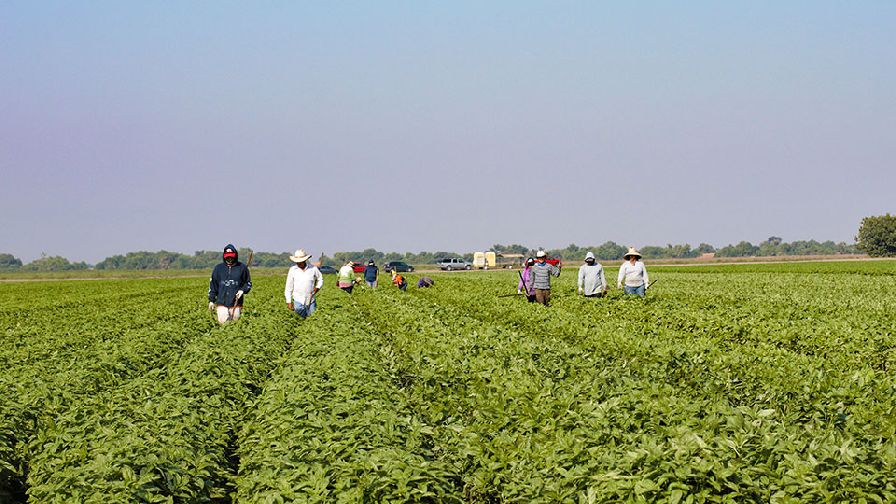
Despite both legal and political hurdles, we continue to impress upon our elected representatives that Congressional action is needed to ensure a long-term solution toward addressing labor security for the agriculture industry. CFFA continues to be a key component in the policy-shaping debate on both short- and long-term proposals to strengthen labor security.
-
5 of 10
5. Health care costs (policy costs/paid sick leave)

In the wake of the Affordable Care Act employer mandate, providing health care coverage to employees became the norm, as opposed to the exception. It is the desire of the employer to ensure a healthy workplace and continue to make investments into employee wellness.
-
6 of 10
6. Labor regulatory compliance
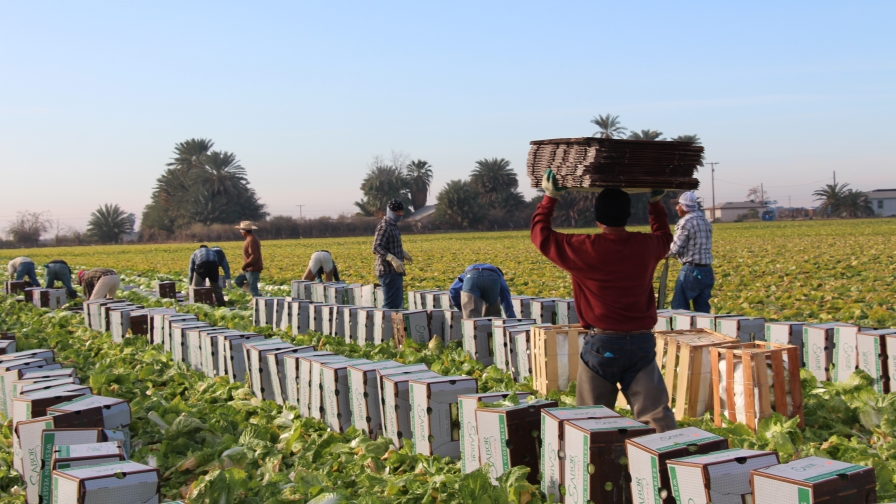
Every year the California legislature considers measures that advance opportunities for organized labor to unionize the agricultural labor force. Missing from that consideration is the thorough examination of the will of the labor force and the value they perceive in paying a percentage in dues for added wages, benefits, and working conditions, which either have been addressed or continue to be advanced by the legislature or through regulation, thus deflating the value of union membership.
-
7 of 10
7. Rising fuel and energy costs

CFFA members cannot grow, pack, ship, and market their fresh fruit produce without reliable sources of fuel and energy that are reasonably priced. However, due to market conditions, changing rate structures, and federal and state policies that advance still-developing renewable energy sources and new technology dependent on these sources, farmers are increasingly confronting limitations in equipment use and procurement and higher input costs in their operations, varying from trucking and irrigation to chemical purchases.
-
8 of 10
8. New taxes (commercial and corporate)

Increased taxation on California farmers erodes not only their profitability but increasingly the viability of their businesses and the ability to maintain the family farm. Additionally, higher taxes in California, in conjunction with other regulatory costs, put in-state producers at an economic disadvantage to farmers in other states.
-
9 of 10
9. Workers’ compensation costs

Throughout the ongoing COVID-19 pandemic, workers’ compensation costs have become an important concern, given the volume of labor needed to perform field and packing activities. New safety techniques and training were implemented to help decrease the opportunity of the virus to spread.
-
10 of 10
10. Federal and state food safety compliance requirements
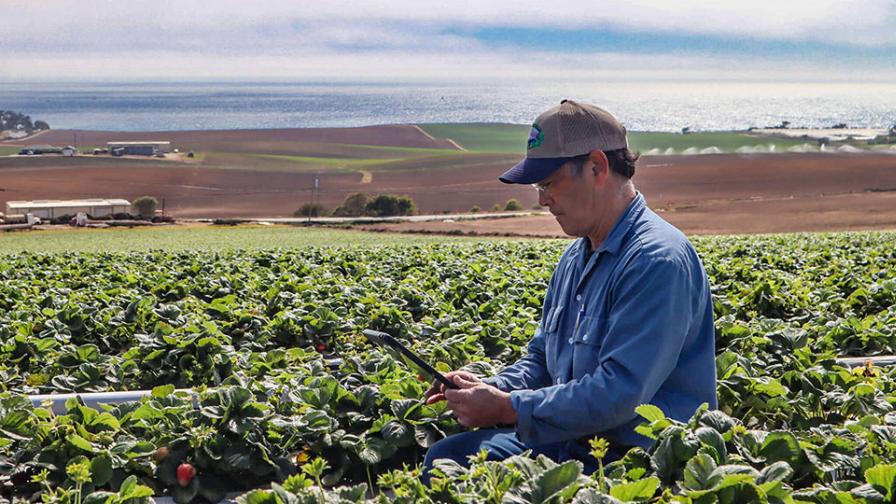
Ensuring a safe food supply remains a top priority, and the industry continues its advancements in employing science- and risk-based practices through food safety research designed to identify potential risks and guide the continued production of safe, fresh fruit.
Photo courtesy of HeavyConnect
View all
1. Water supply availability and curtailment

2. Increasing wage costs (base/minimum wages/overtime thresholds)

3. Groundwater management requirements

4. Federal immigration policies addressing current and future labor forces

5. Health care costs (policy costs/paid sick leave)

6. Labor regulatory compliance
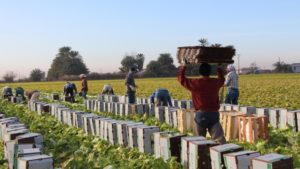
7. Rising fuel and energy costs

8. New taxes (commercial and corporate)

9. Workers’ compensation costs

10. Federal and state food safety compliance requirements
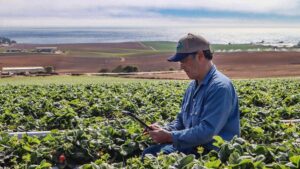
“As we saw in 2021, the California fresh fruit industry continues to be impacted by water supply availability, increasing costs of production, and the pressure of operating in a state with a heavy regulatory environment,” CFFA President Ian LeMay says. “Industry members remain committed to producing healthy and high-quality fresh produce for consumers both within the United States and globally. But make no mistake, these pressures are real and are having significant impacts on the functionality of the businesses we represent.”
Scroll through the photo gallery above for the 10 areas of most importance identified by CFFA members, including growers, shippers, and marketers of fresh grapes, blueberries, and tree fruit. They represent approximately 85% of the volume of fresh grapes and 95% of volume of deciduous tree fruit shipped from California.
Subscribe Today For









